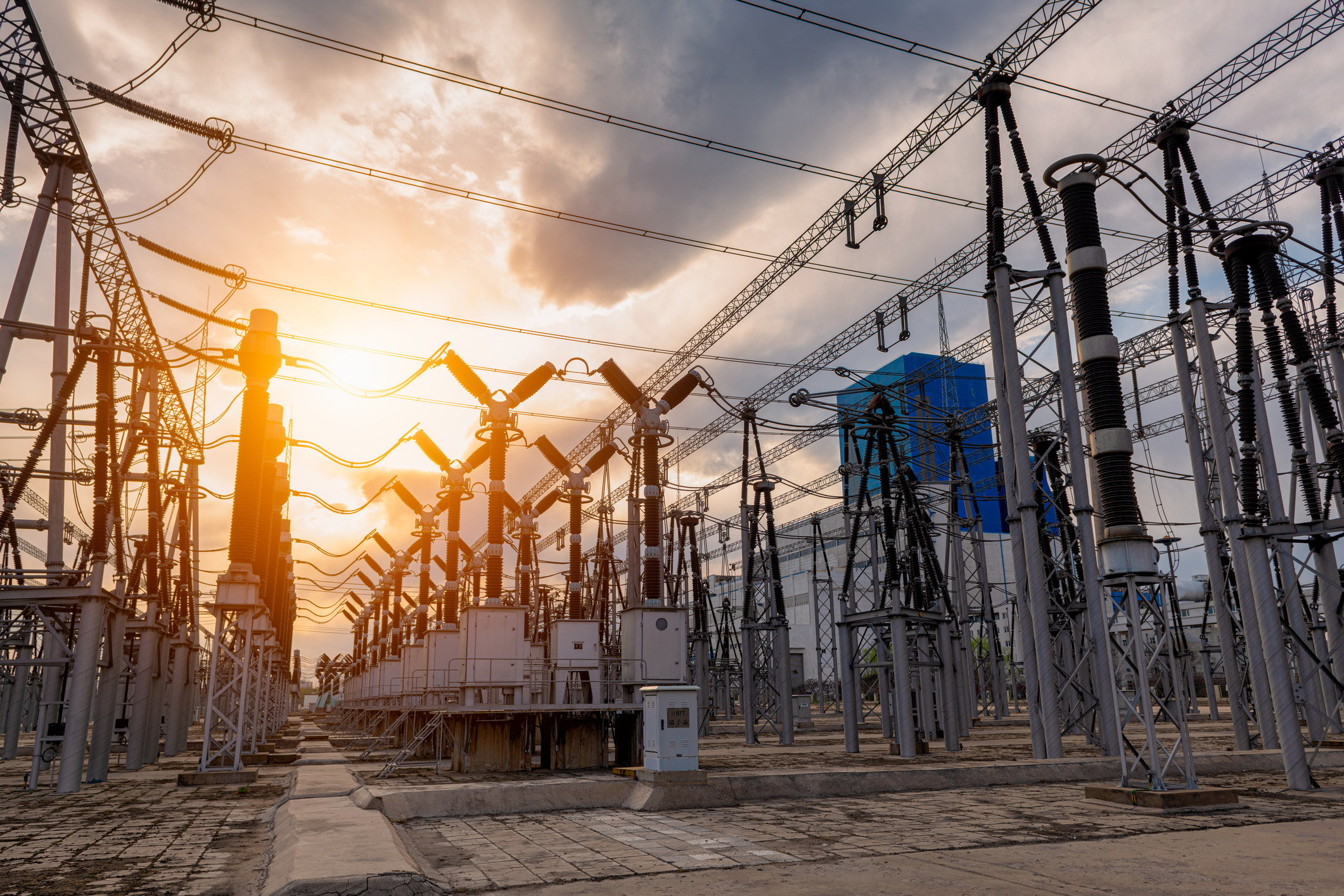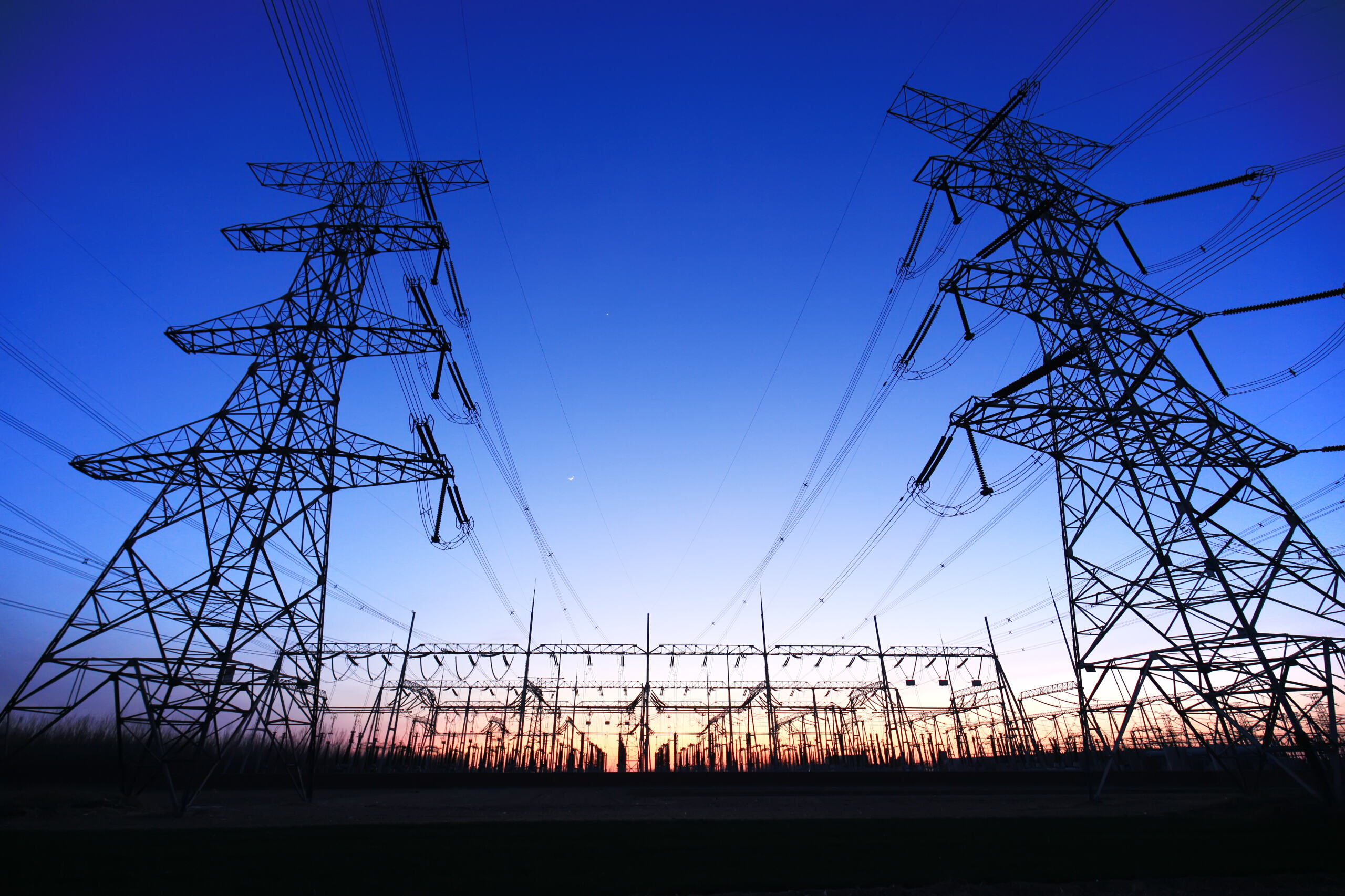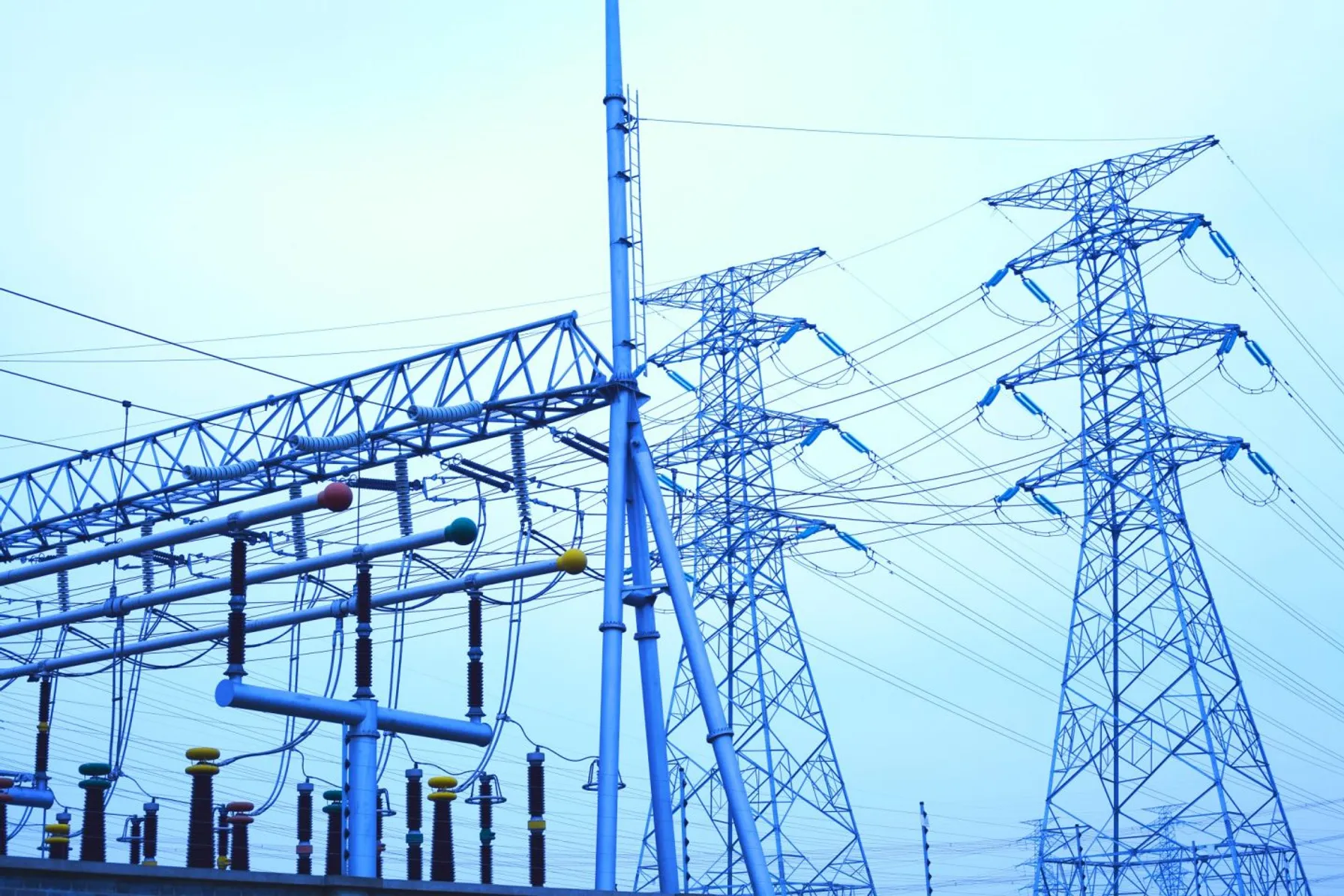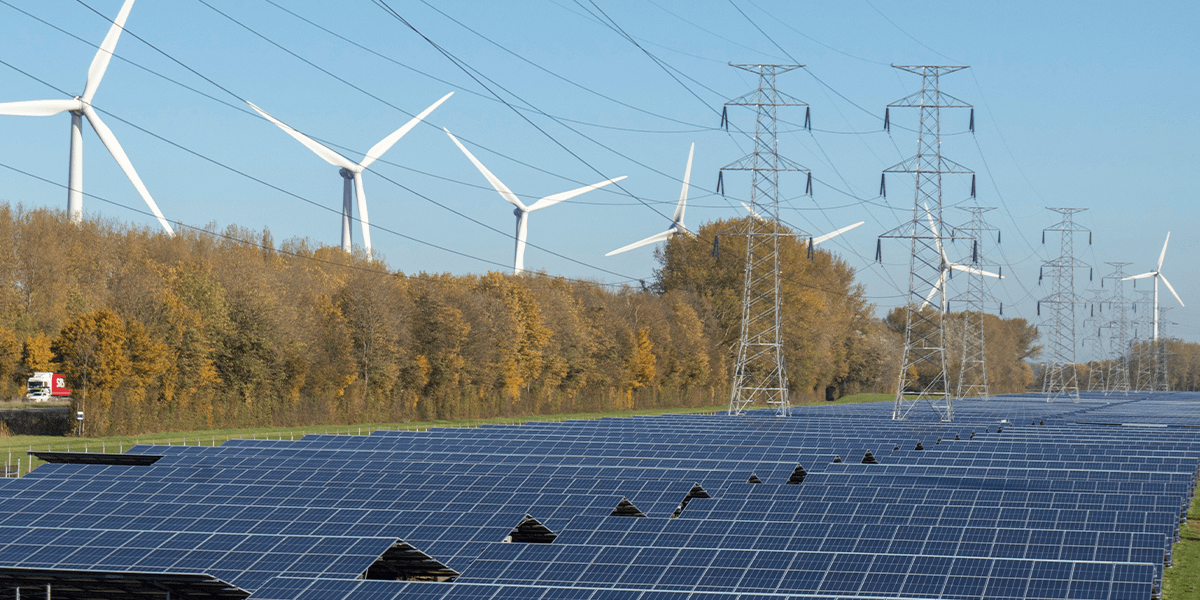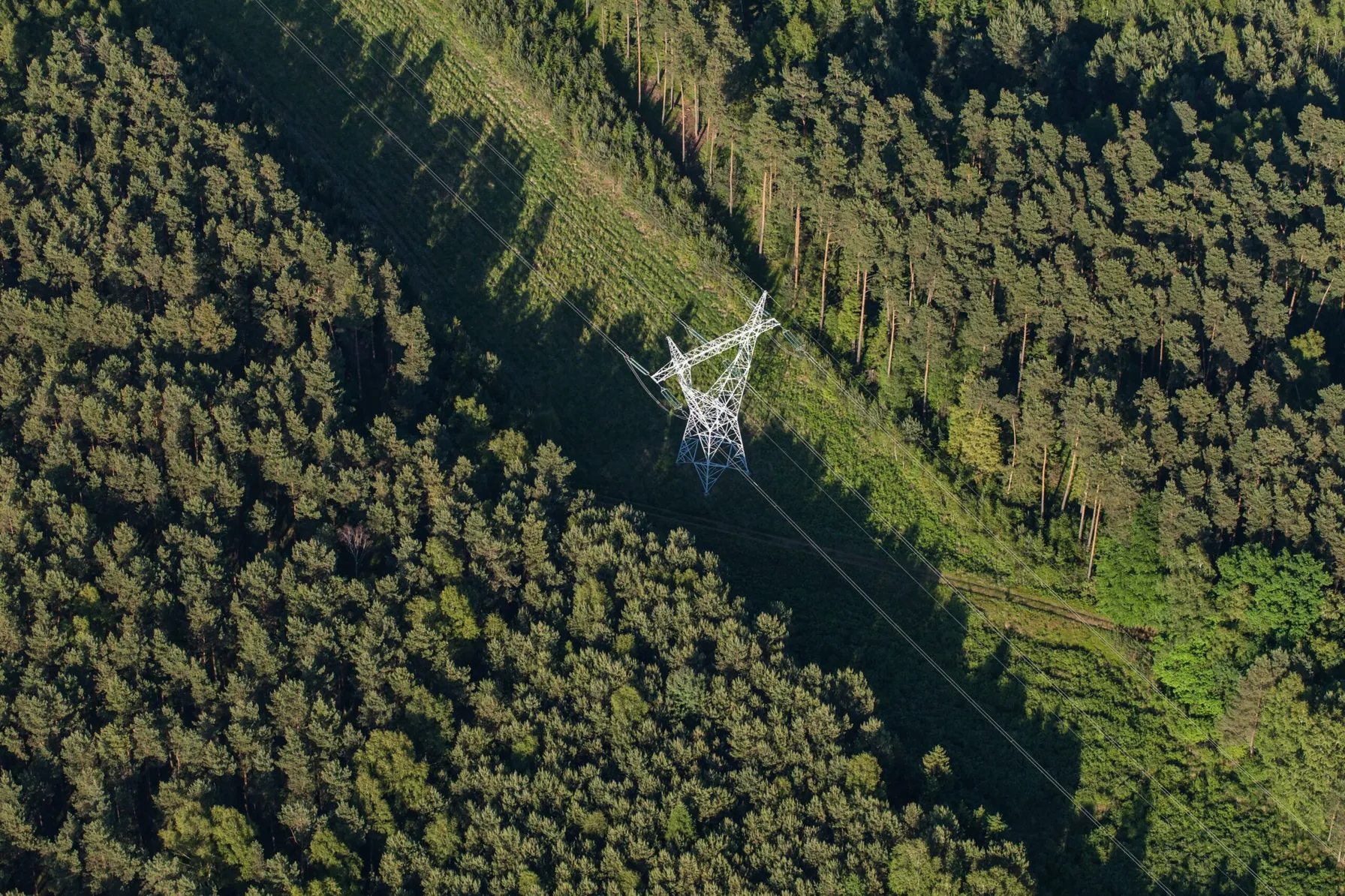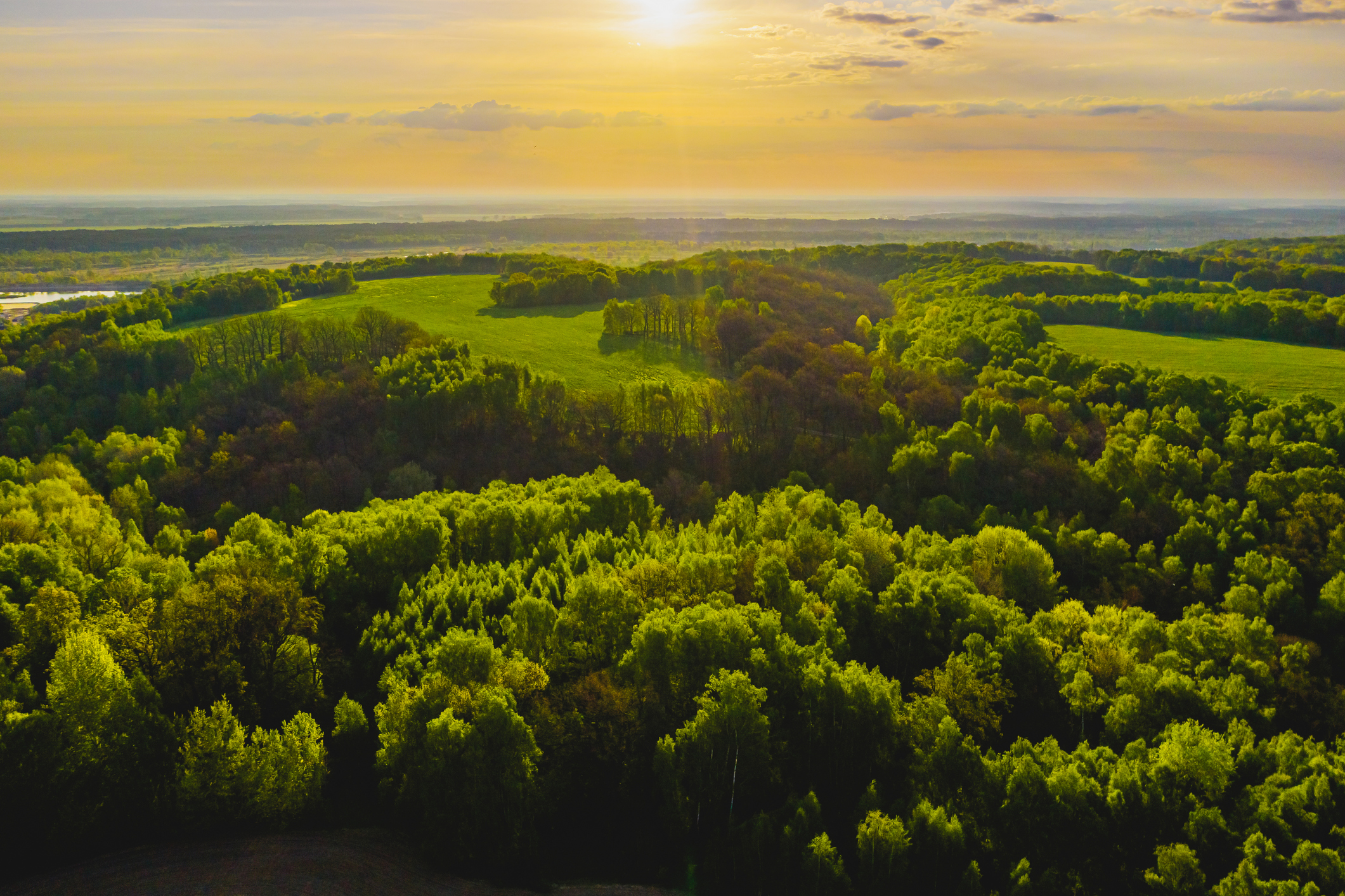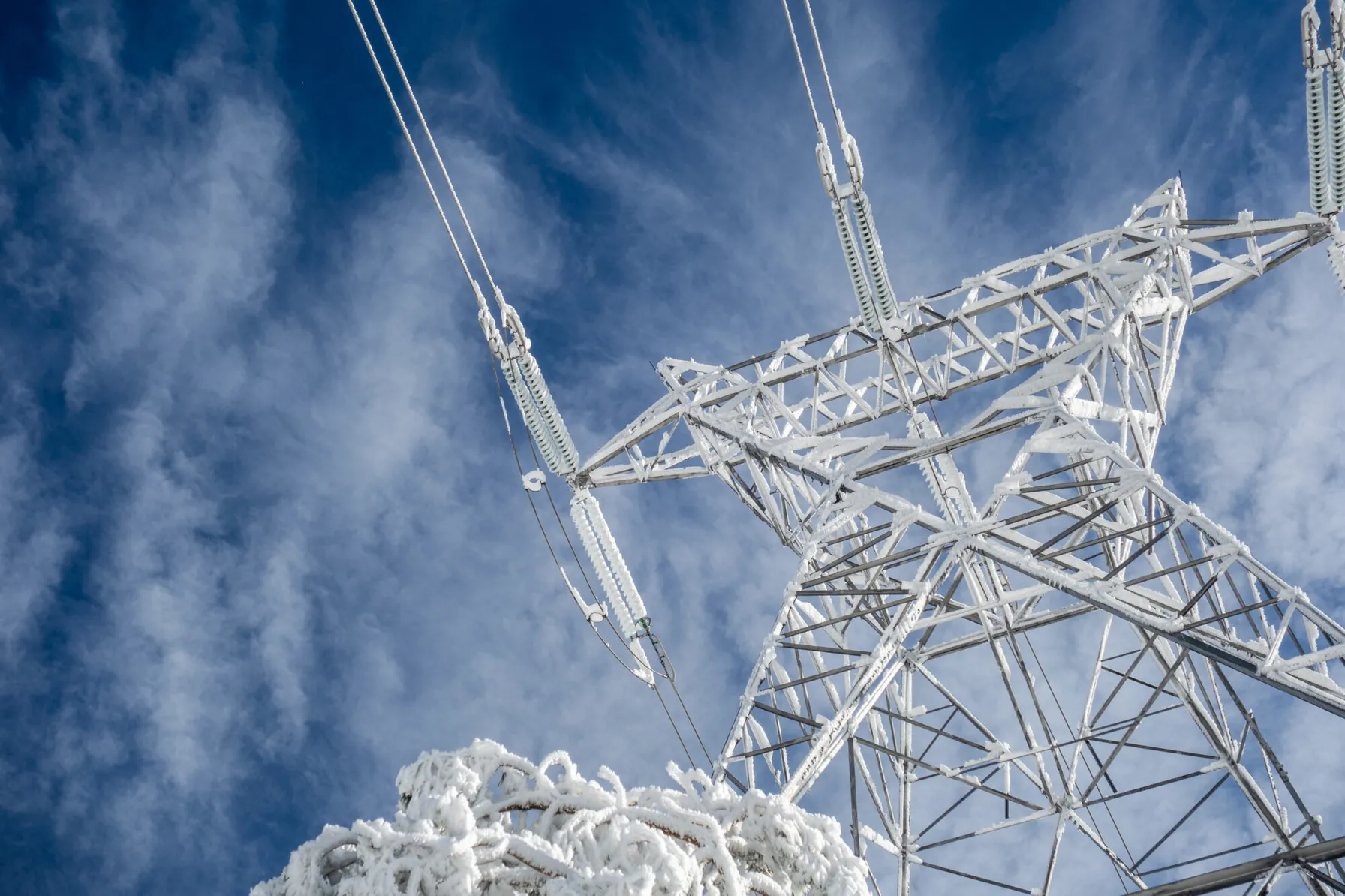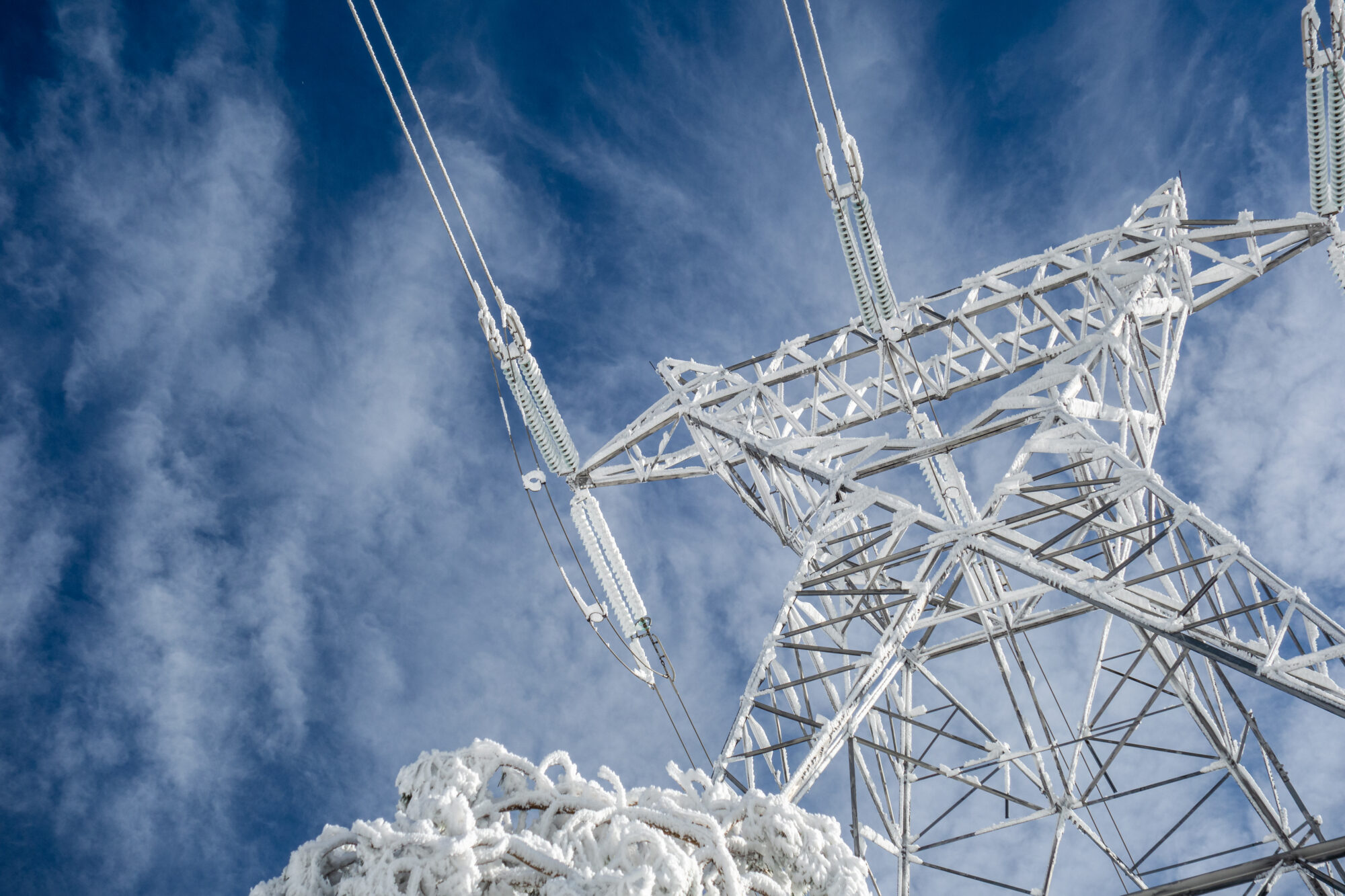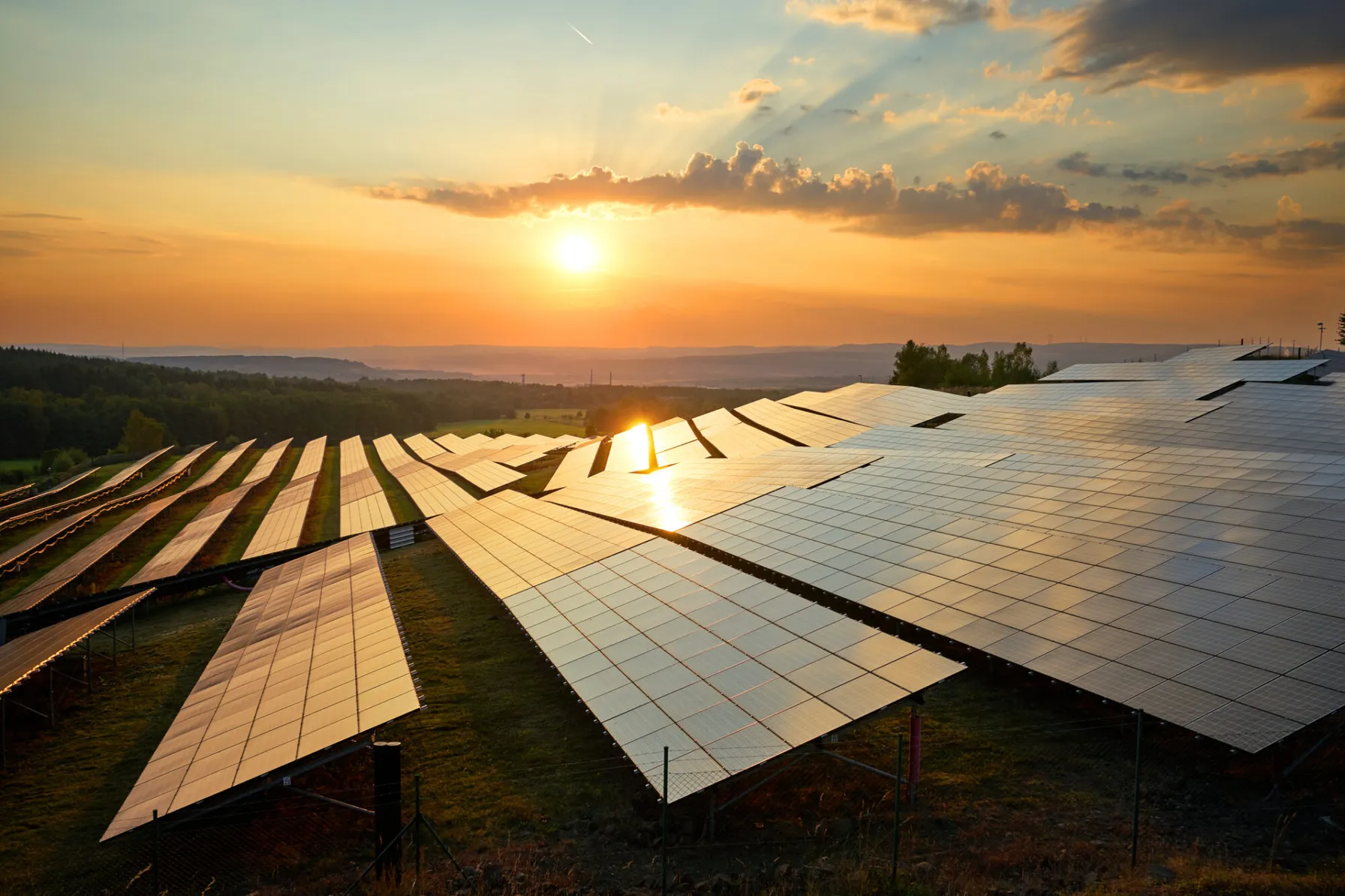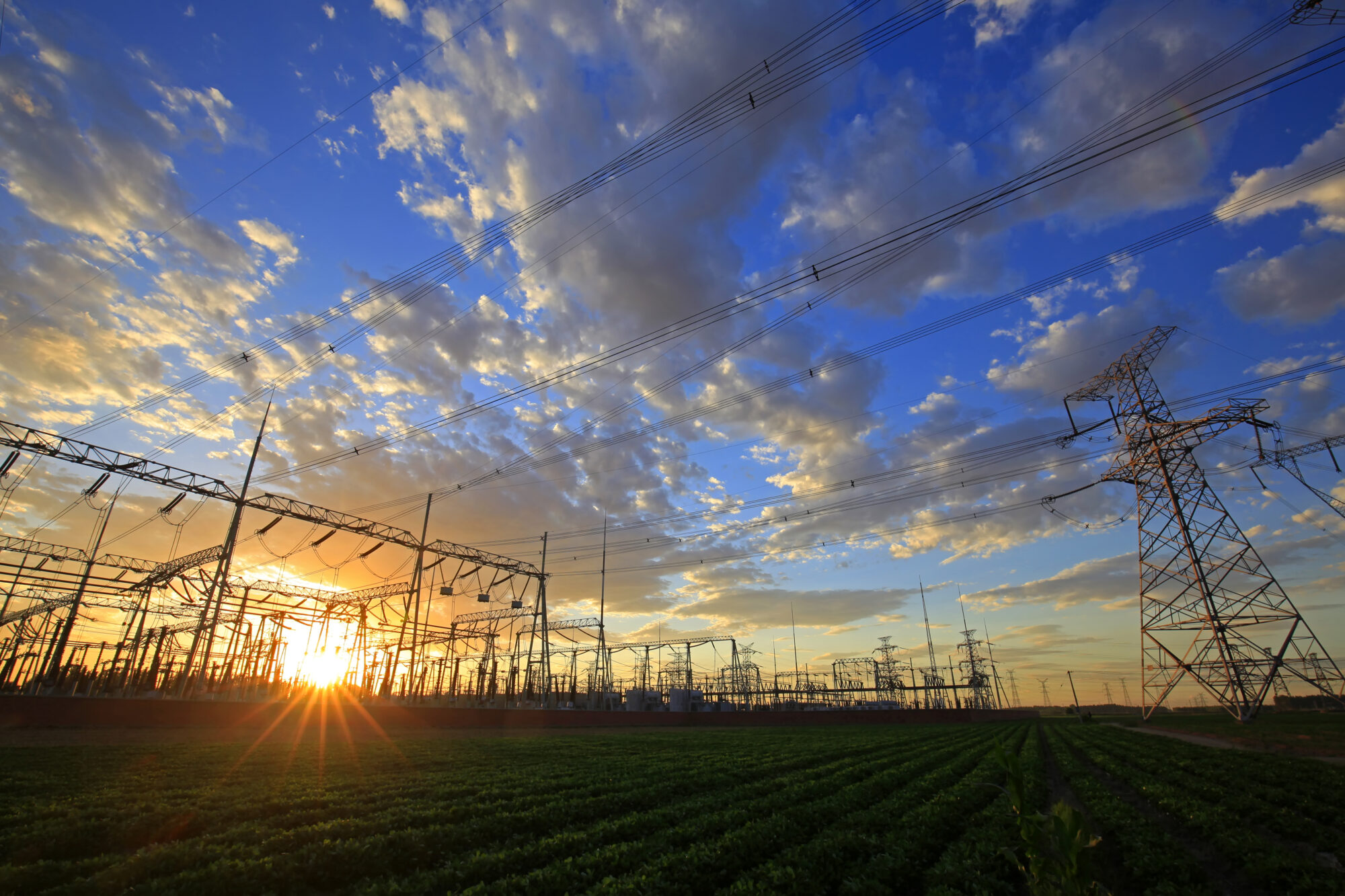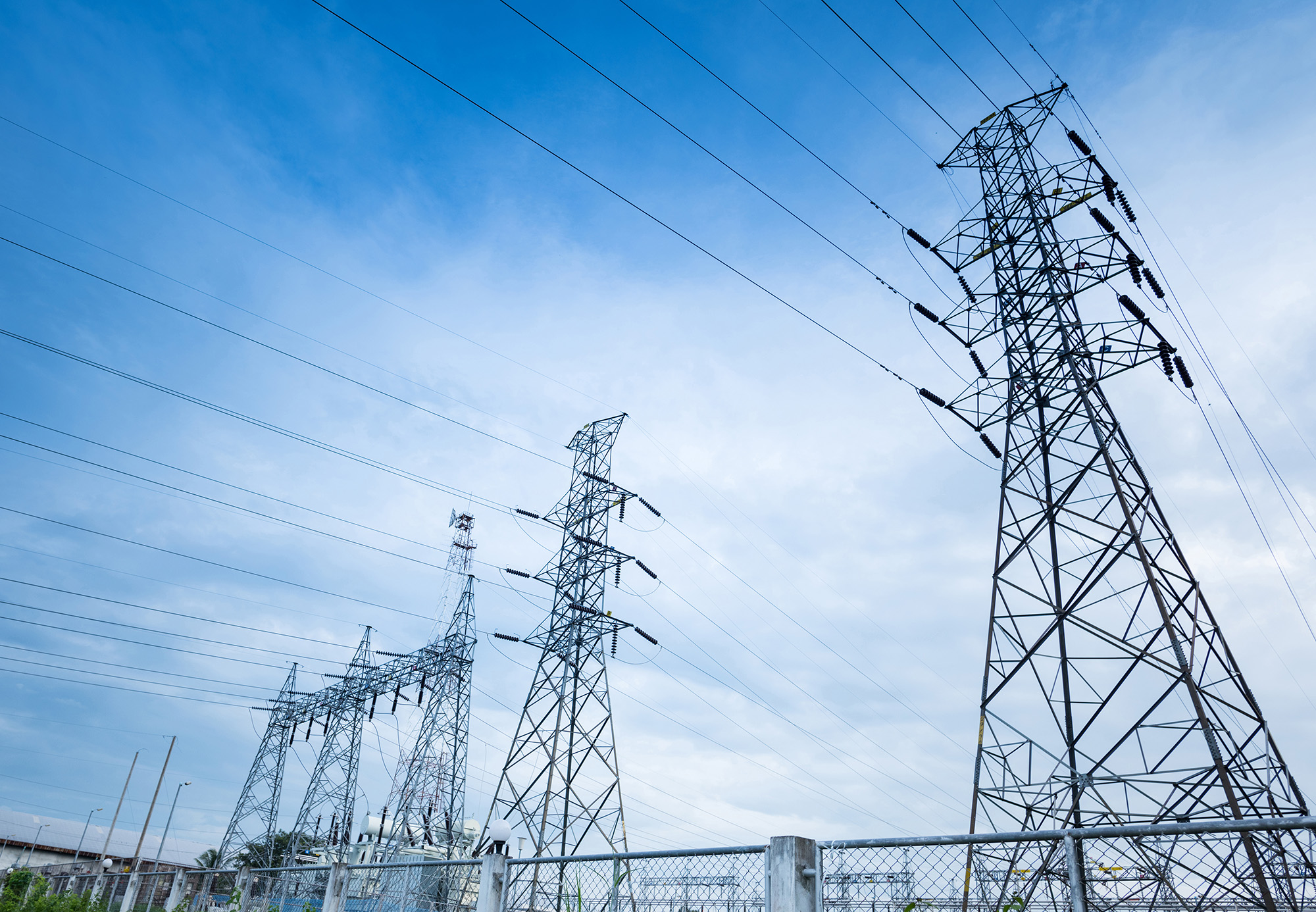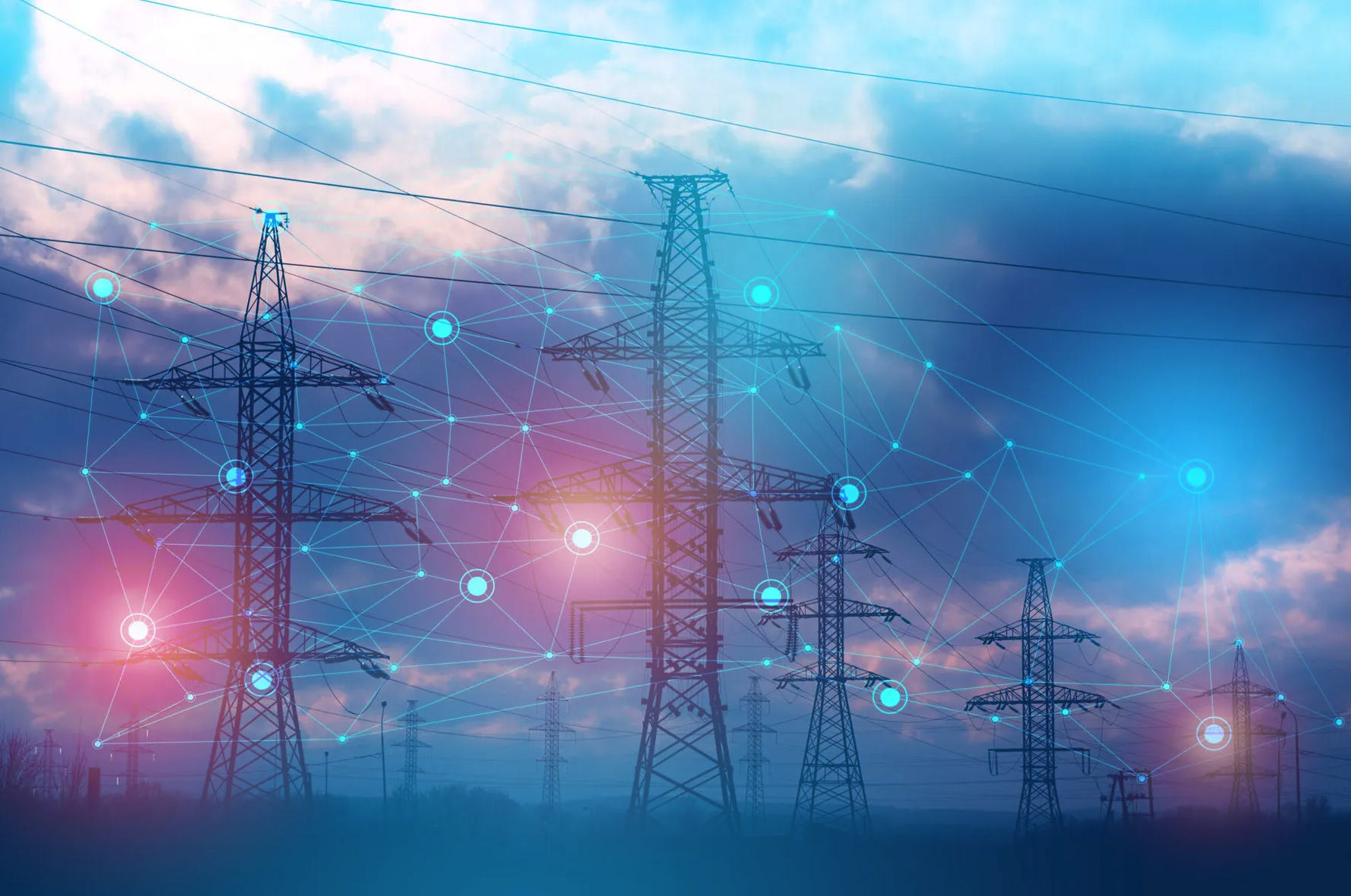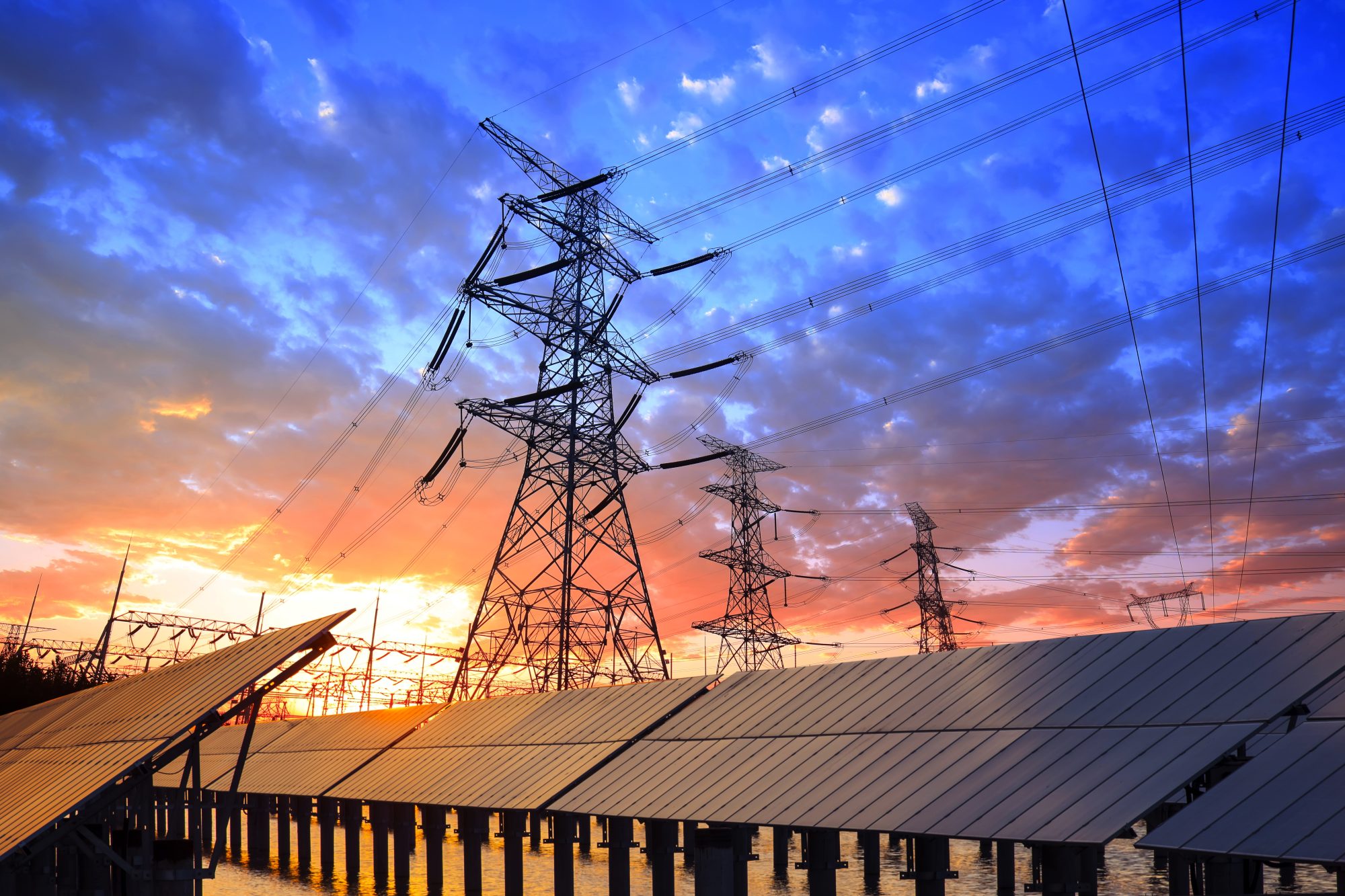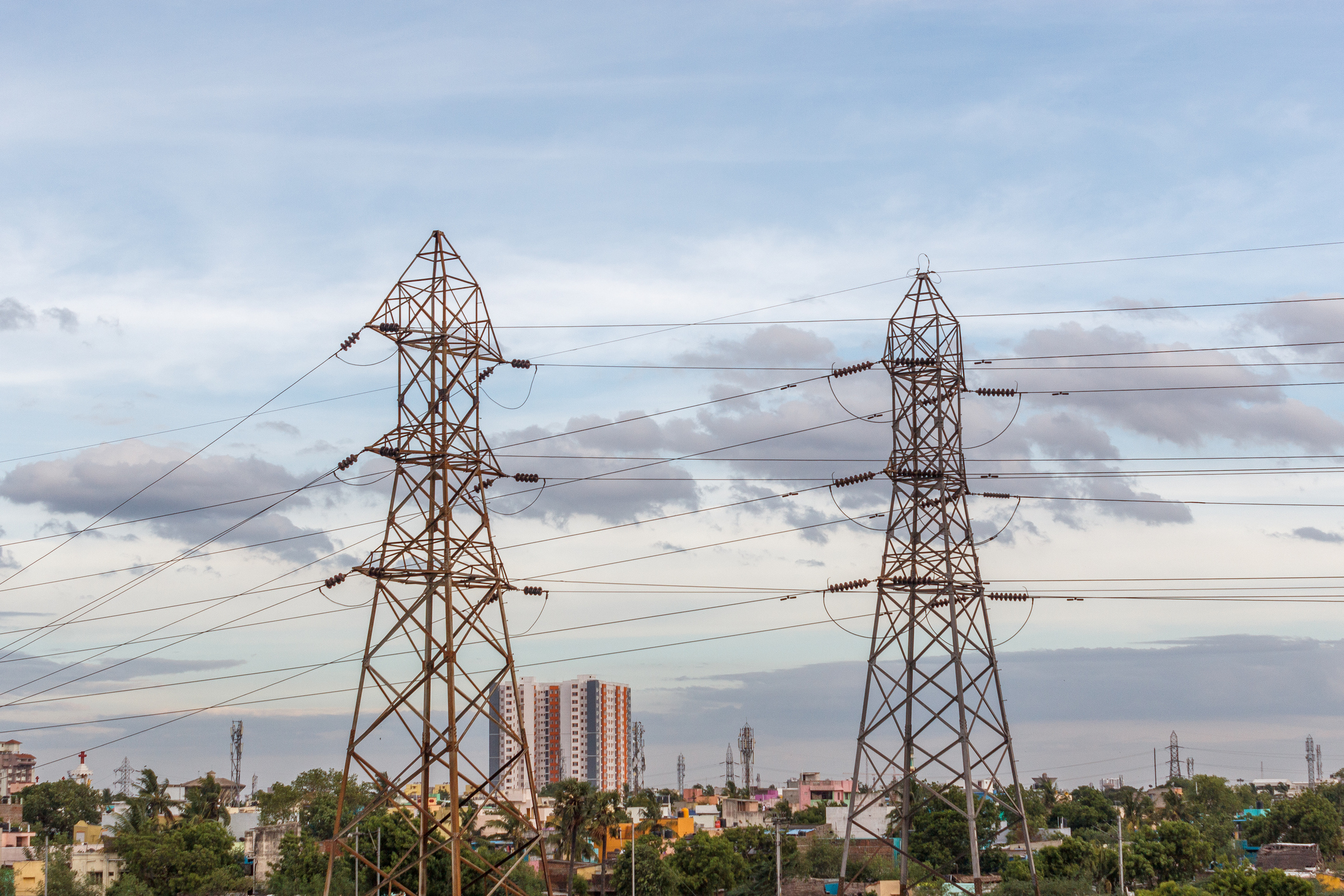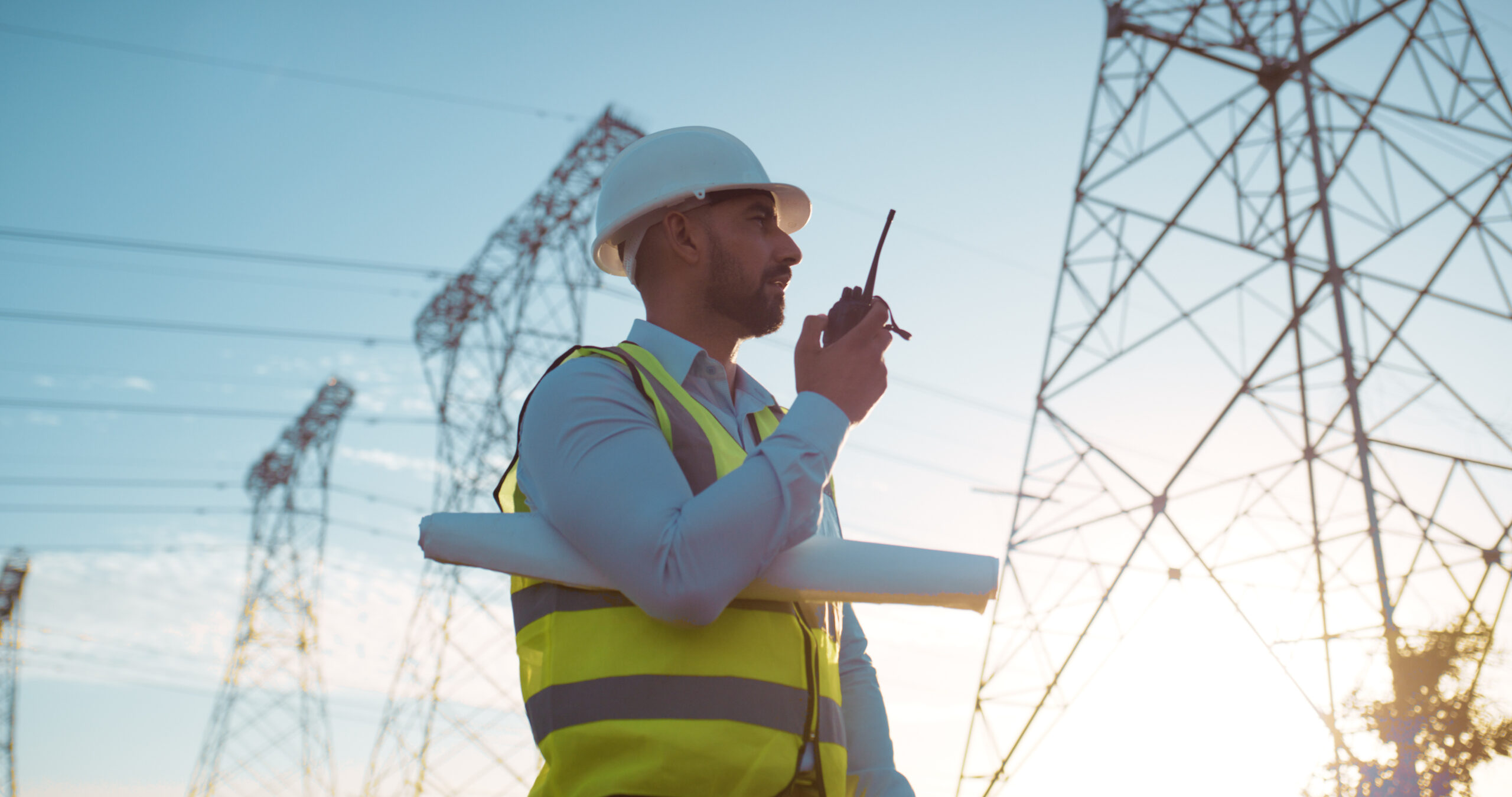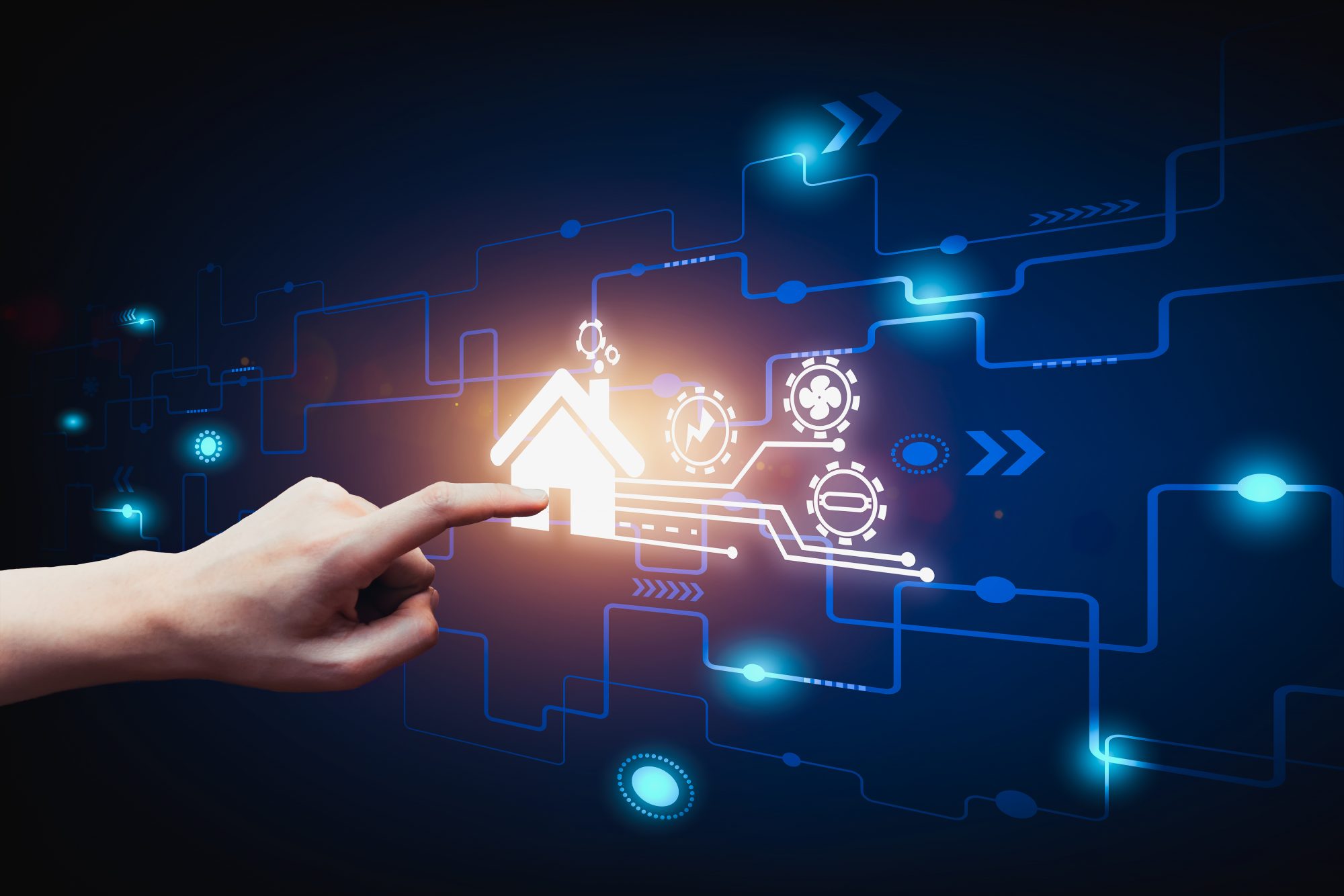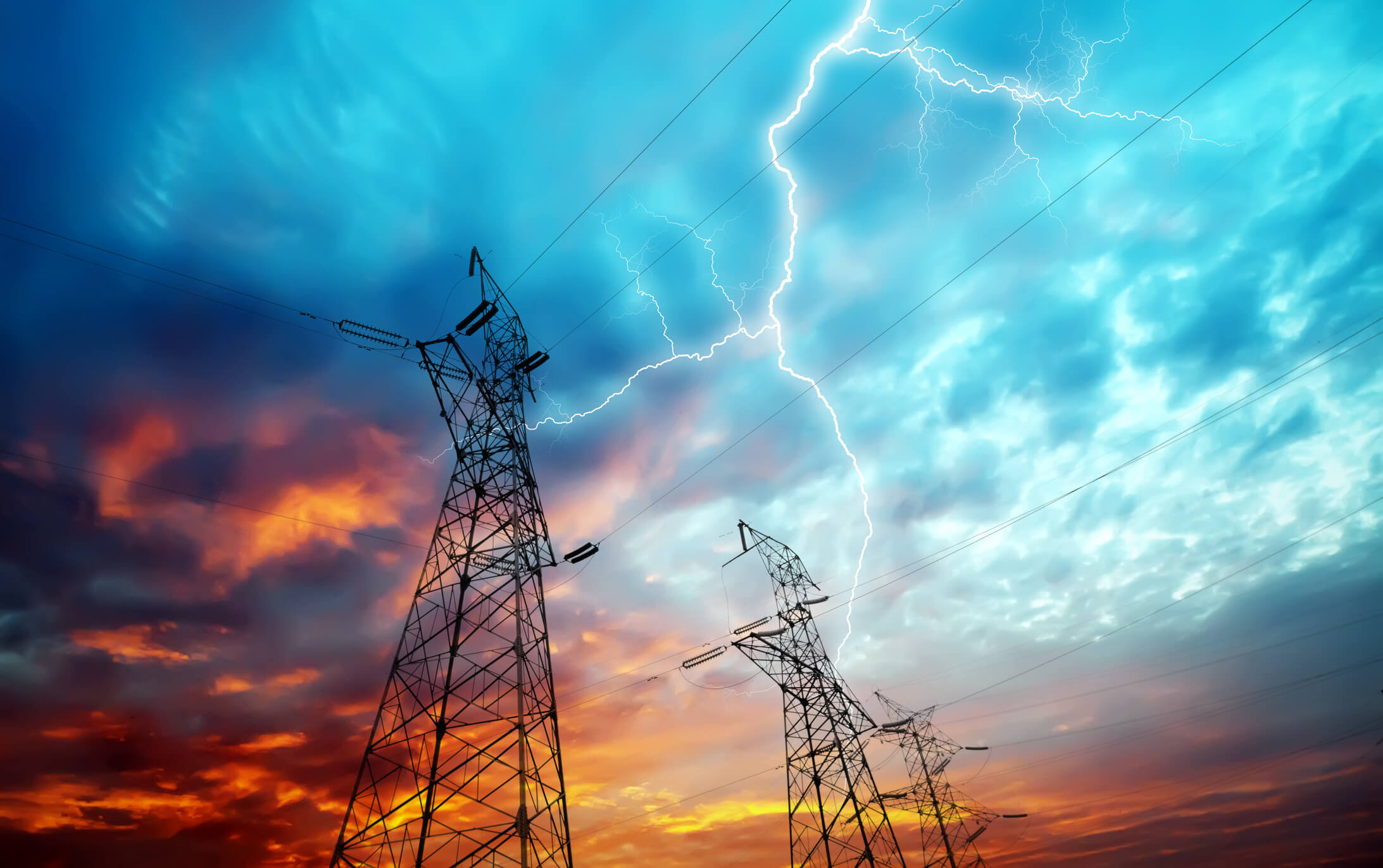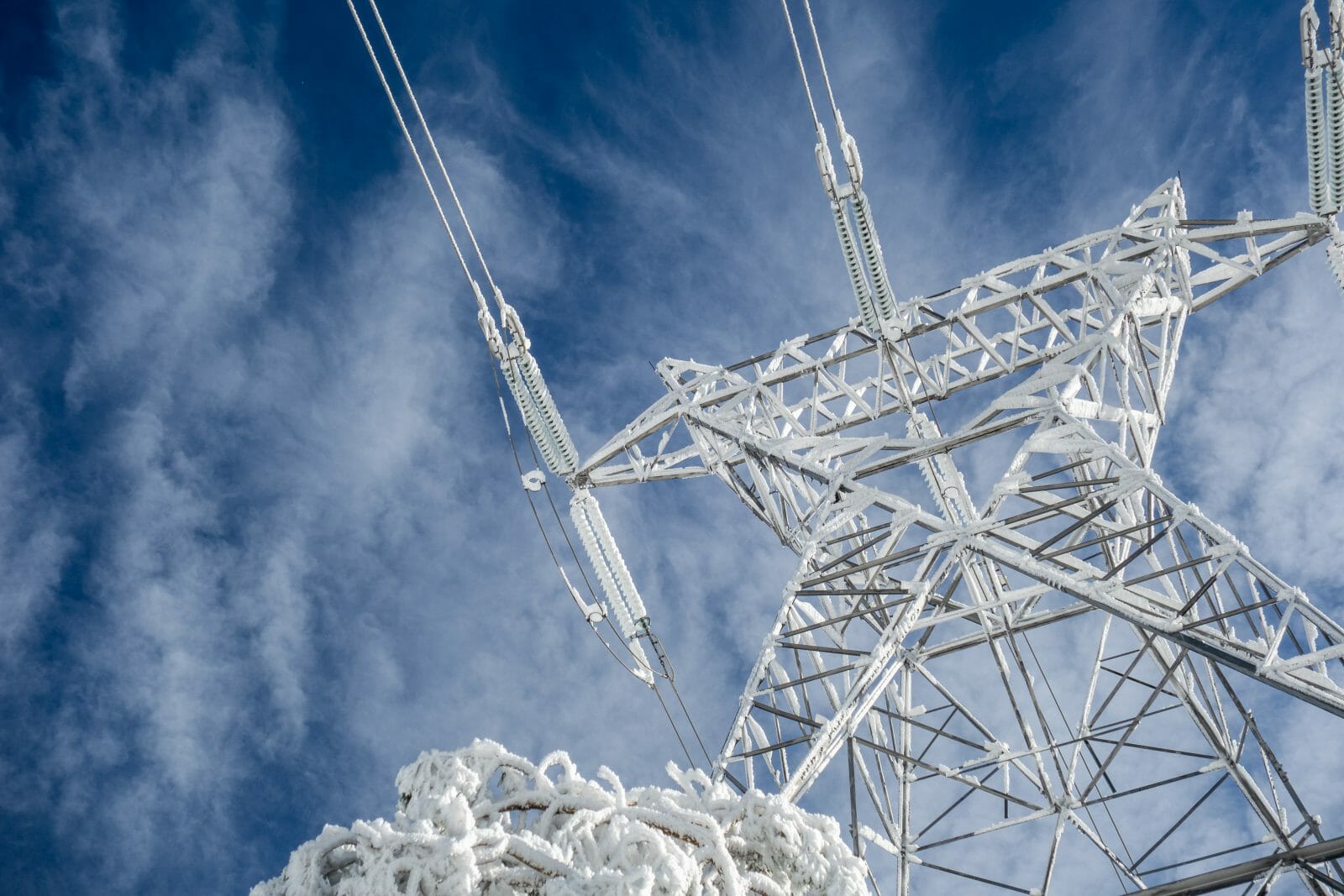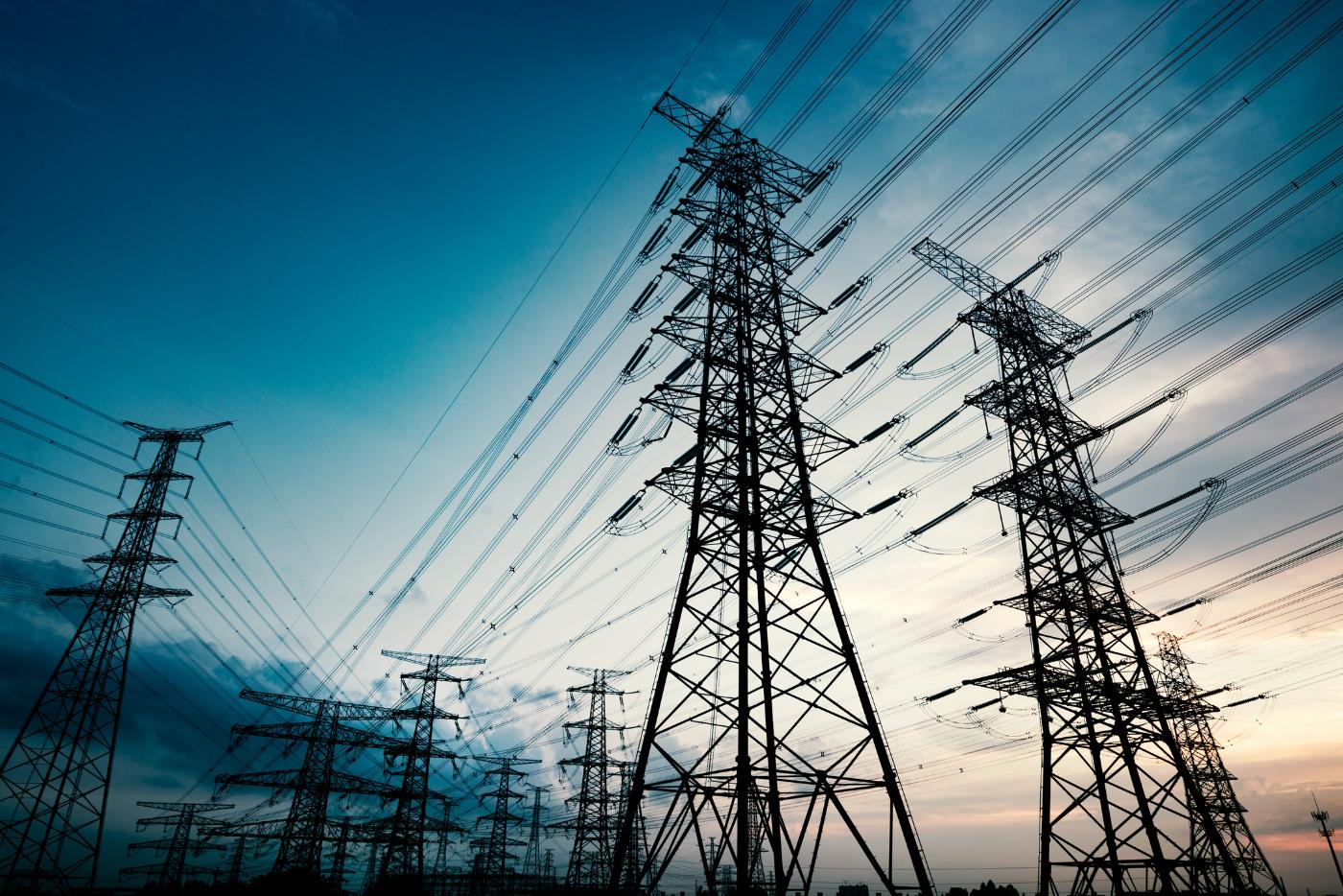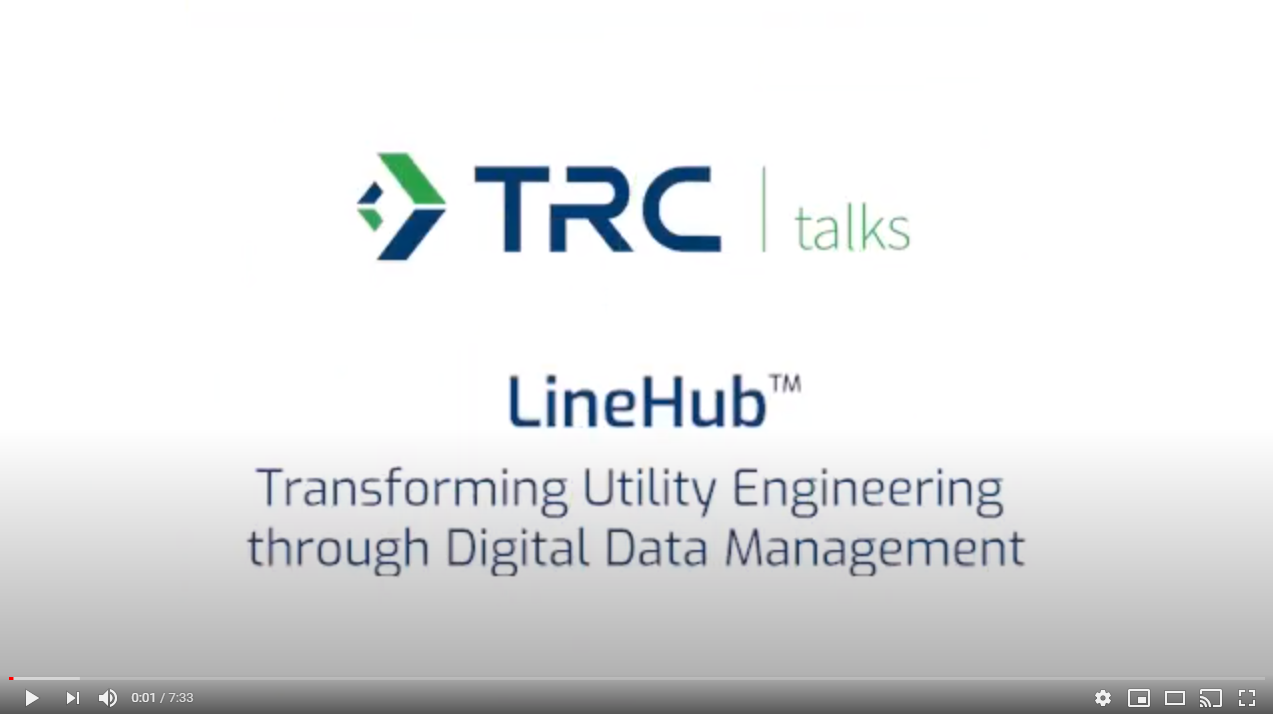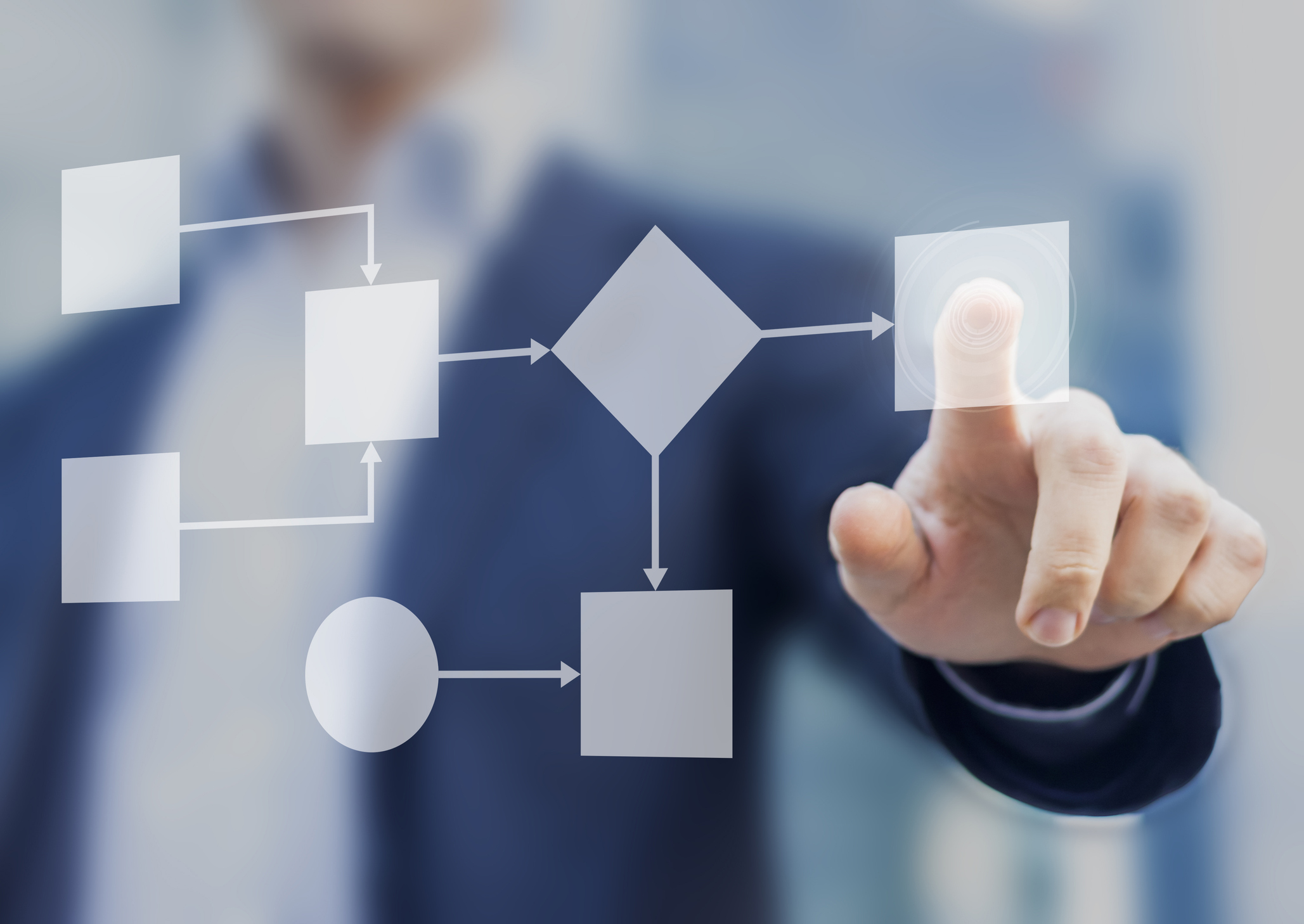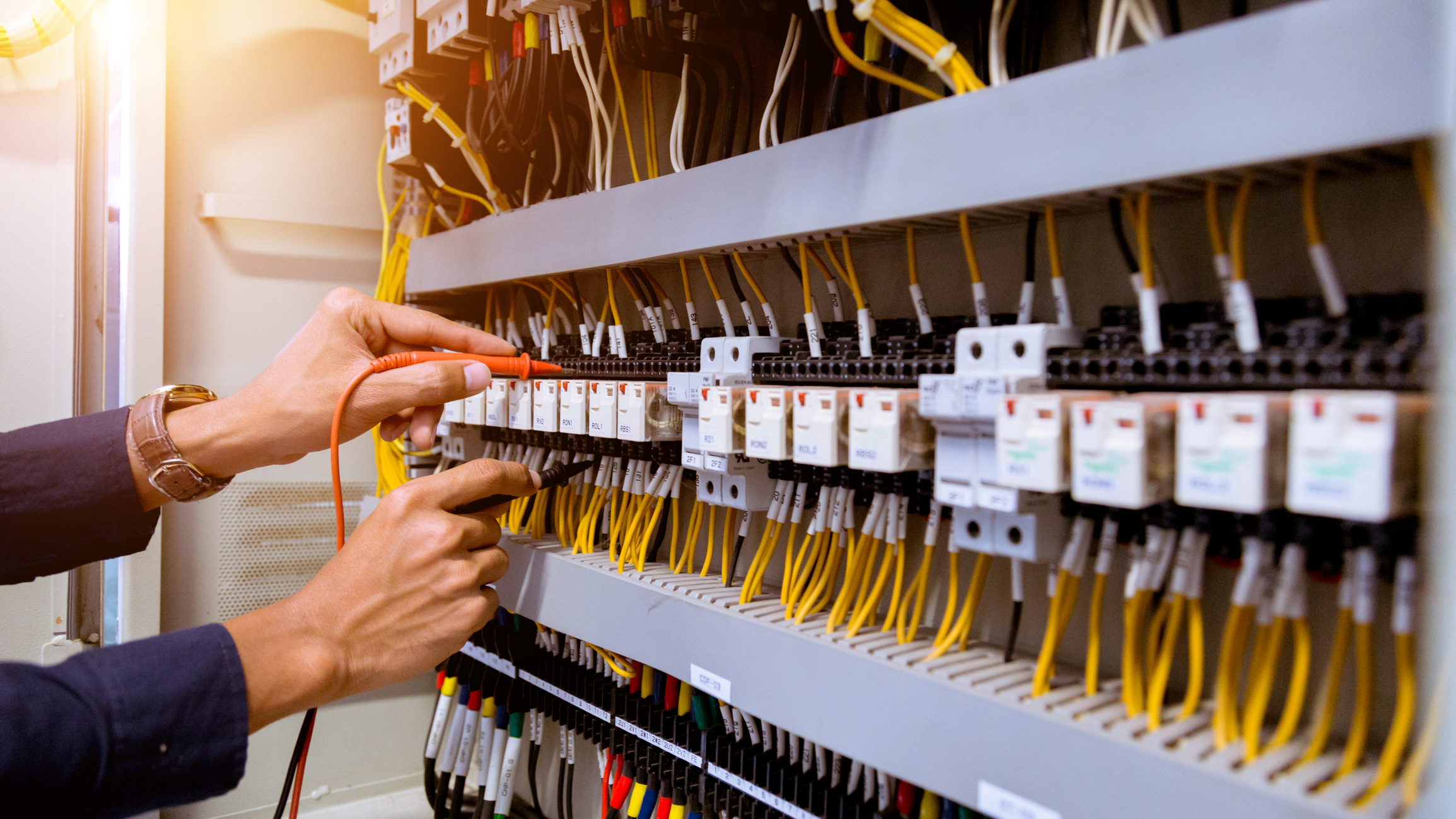Most people don’t think about everything that goes into providing the power they access when they flip on a light switch. Behind that simple act is a complex system that keeps everyday life moving in homes and businesses. The power distribution grid takes electrical power and tells it where to go.
Electric distribution systems rely on sophisticated technology to provide power when needed. Electricity is generated on-demand, which means there are often peak periods when providers see a greater need for power and the system must prove responsive. Technology has evolved over the years, allowing residential and commercial spaces to add their own renewable energy sources to their grids and receive payback from utility companies.
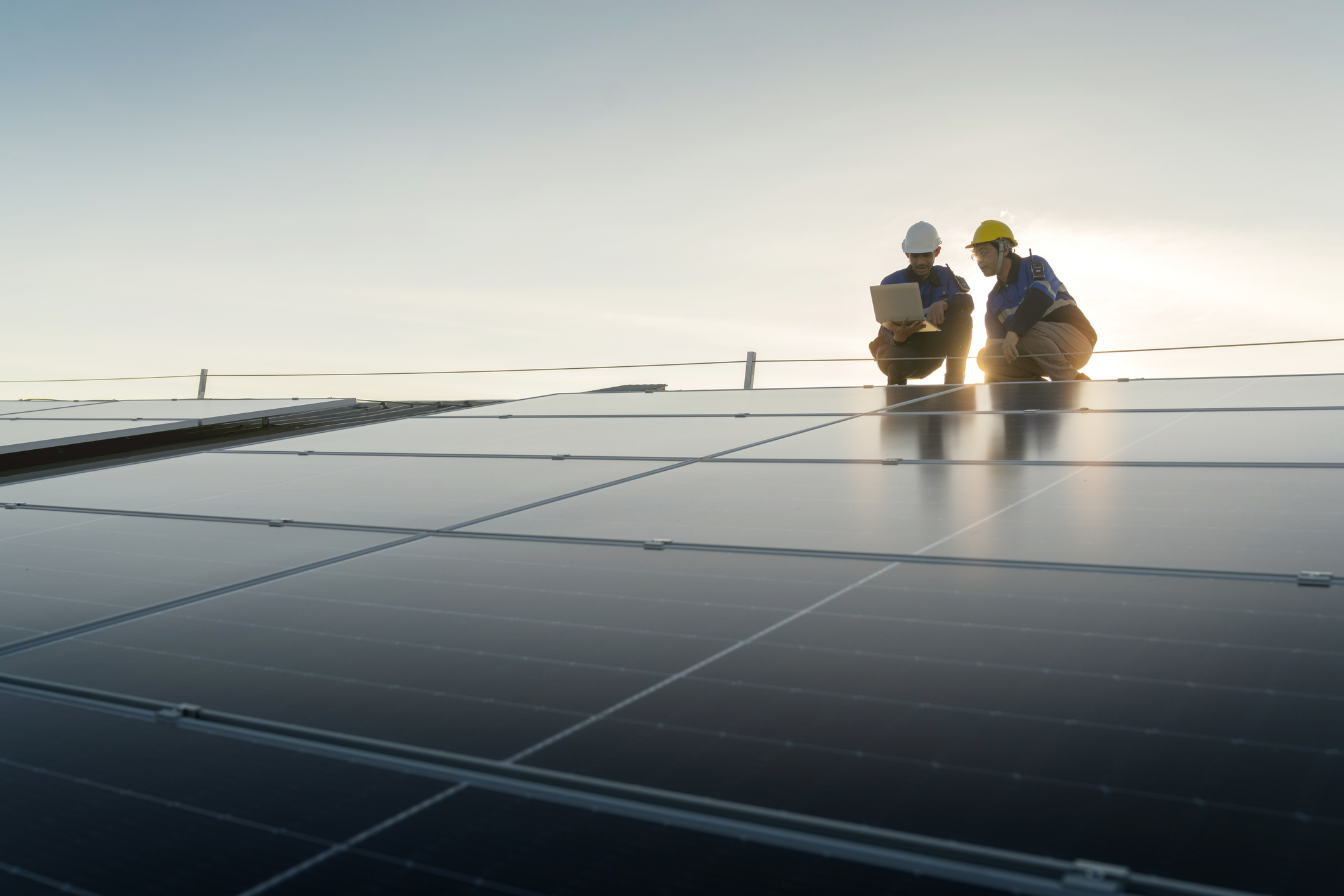
What is a Distribution Grid?
The distribution grid is a crucial component of the electrical power system, responsible for directing electricity to homes and businesses. This complex network comprises transformers, lines, and circuits that transport the generated power to end users. Additionally, modern grids incorporate renewable energy sources and allow for bidirectional power flow, enhancing reliability and flexibility to meet varying demand.
What Are the Components of Distribution Grids?
Transformers form the backbone of the electrical power grid. They send electric energy from generators to the places where it is dispersed for use in your business. The energy passes through lines and circuits — such as the power lines you see when you drive down your street — to get the power into your building.
The electric power supply system has three main components:
- Generation: Generation occurs at the power source. It responds to demand on the system versus storing power for future usage, which you can achieve with a battery energy storage system for renewable energy.
- Transmission: Transmission lines take power from the source, or the generator, to the distribution setup. Transformers and distribution substations have equipment that can regulate the flow of electricity. Substations can activate auxiliary equipment and switchgear. Transmission lines may run underground or, more commonly, in the air.
- Distribution: The distribution system brings power to people in their businesses and homes. Lines and circuits that supply energy at a higher voltage are called the primary distribution system, while the secondary system distributes it at the voltage it’s used at. The distribution transformer connects the primary and secondary distribution systems. State utilities set the rates for electricity delivered this way.
While electricity is generated on demand, power grids keep a reserve margin of backup energy generation they can tap into if forecasts are off or power plants shut down. Technology in this area has improved over the years, offering a better chance to predict and smooth the energy supply and get power out when people need it.
The endpoint for the power grid comes when the customer receives the electricity. Although, with the ability for consumers to now sell power back into the grid, the power grid can be bidirectional. Reliability and flexibility form the most critical parts of the puzzle. The grid must adapt to challenges and respond with steady electricity availability. Competition for electric supply ensures suppliers address delivery issues as soon as possible.
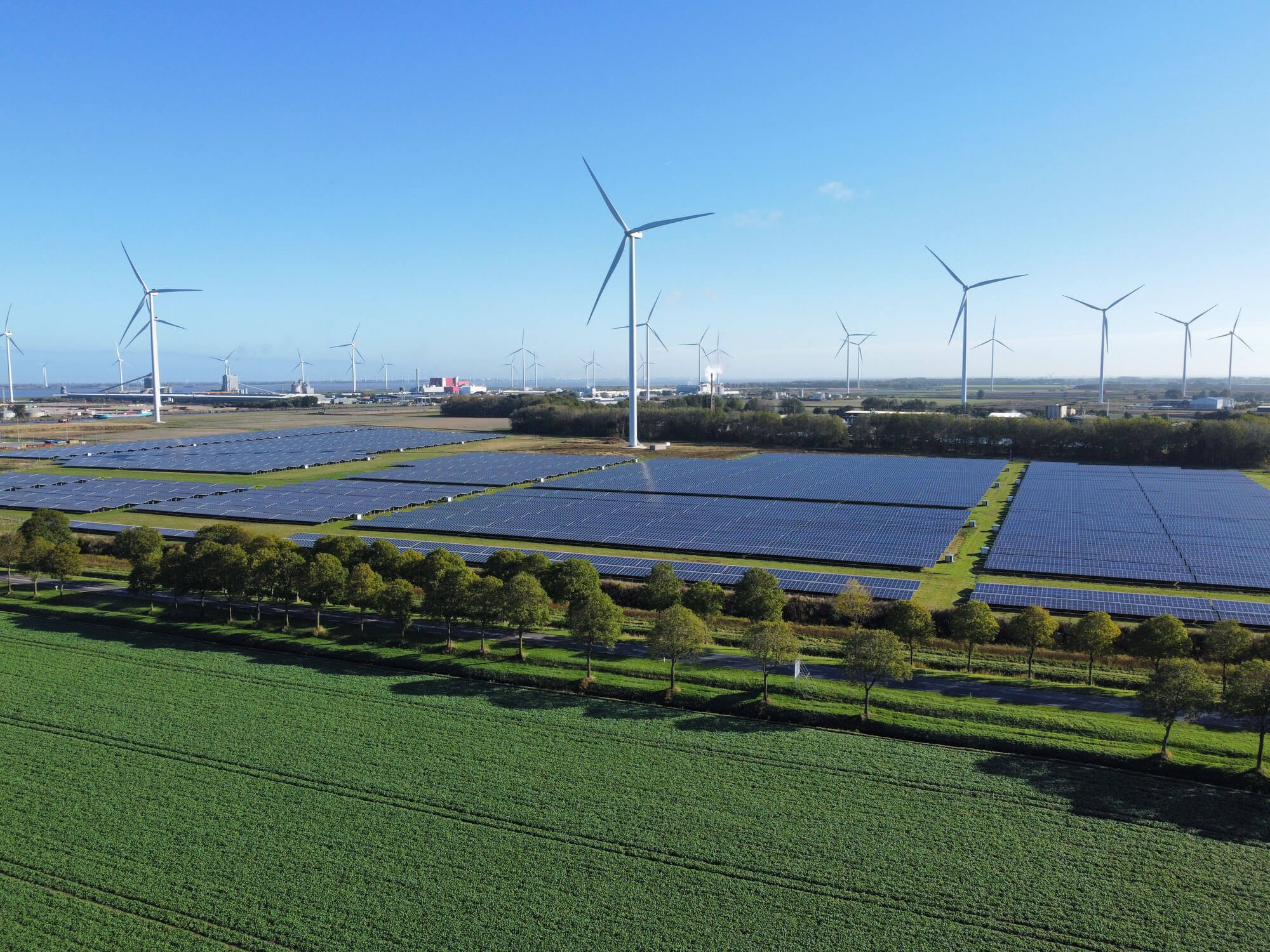
See How TRC Can Support You
TRC offers management and consulting services from a team of experts with years of knowledge built in the electric utility industry. We draw on our experience to identify solutions to save you time, increase your savings and maintain compliance with safety guidelines. Learn more about electric distribution systems by contacting us today.

